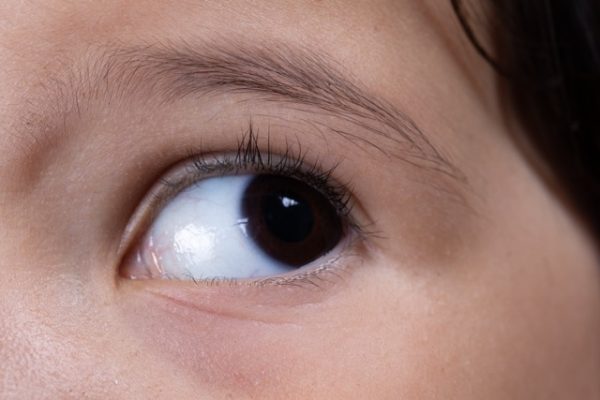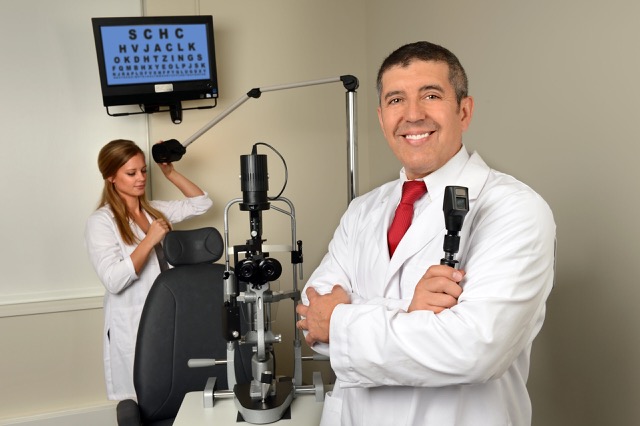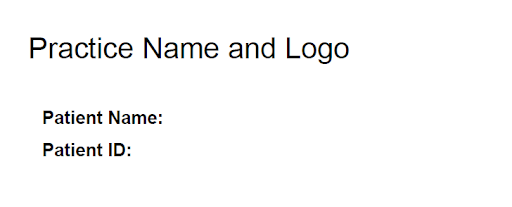Strabismus (Eye misalignment) and Nystagmus (Eye movement disorder)
Strabismus Overview
Did you know that a large part of your brain is dedicated to simply steering and focusing the eyes? The system is complex, and involves several different nerves and muscles working in harmony to get the job done. However, issues with the brain’s ability to align and steer these muscles may cause your eyes misalign, misfocus, or move involuntarily, meaning they won’t work together properly. Thankfully, there are treatment options available for children and adults with eye misalignment. Make an appointment to find out which one is best for you or your loved one.

Strabismus Treatments
Eye misalignment problems can start in infancy or develop any time in life, and can have many different causes, some more serious than others. Treatment can range from eyeglasses or eye , to prisms or even a minimally-invasive eye muscle surgery. You and your eye doctor will discuss which will work best.
Types of Eye Movement Disorders
- Strabismus
- Nystagmus
Signs That It’s Time To See an Eye Doctor
- Double vision
- Shaky vision
- Crossed eyes (strabismus)
- Wandering eye (exotropia)
- Involuntary eye movements (nystagmus)
Related Services

Amblyopia
Widely known as lazy eye, amblyopia affects infants and children and causes lost or decreased vision.

Strabismus
Also known as crossed eyes, strabismus occurs when the eyes don’t line up in the same direction.

Nystagmus
Nystagmus is an eye movement disorder that causes the eyes to move involuntarily in side-to-side, up-and-down, or circular motions.
Let's Get Started
When It Comes To Eye Health, We’re Your MVP





